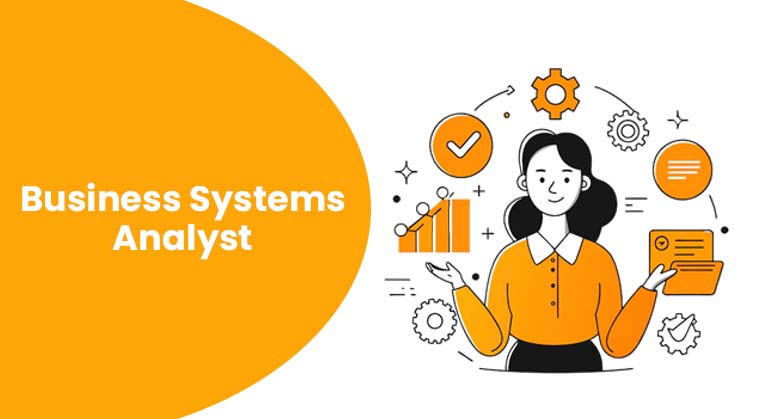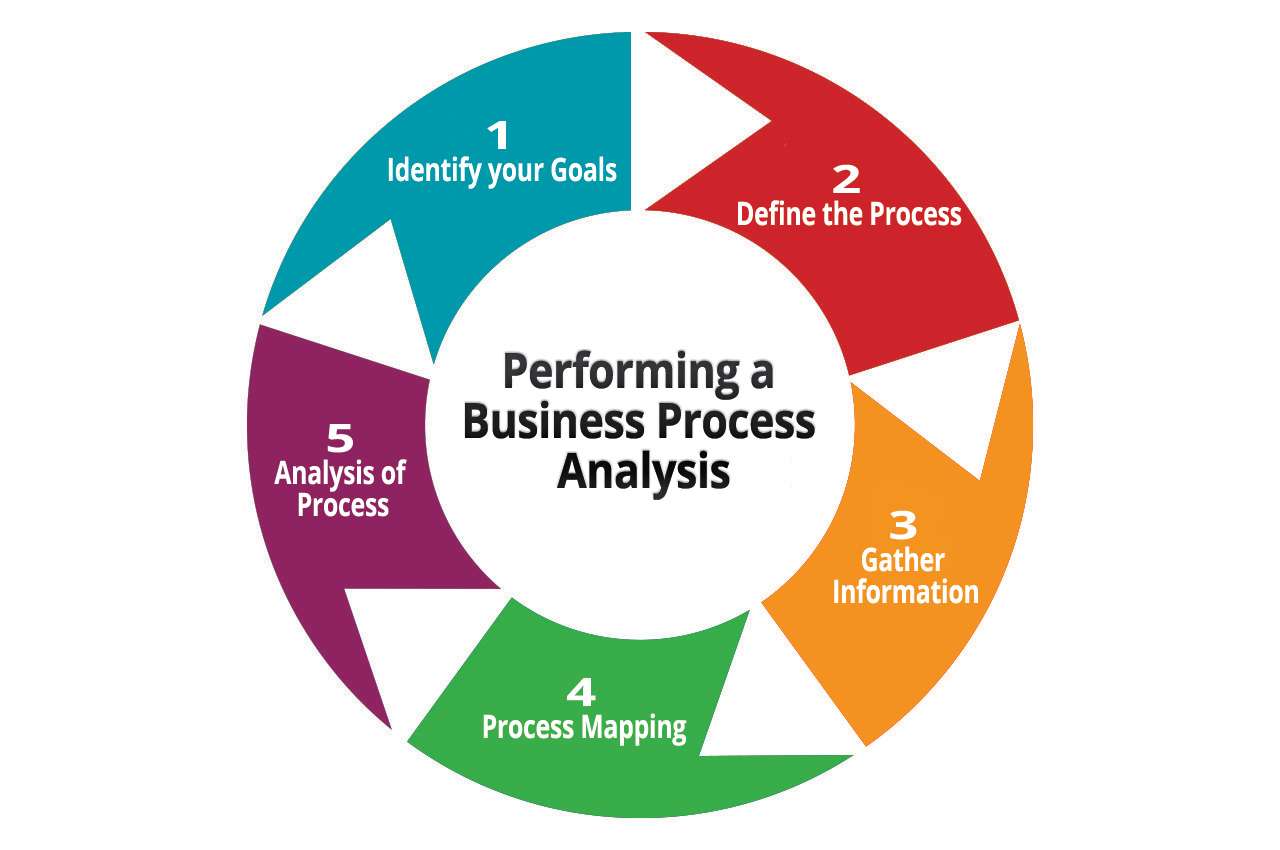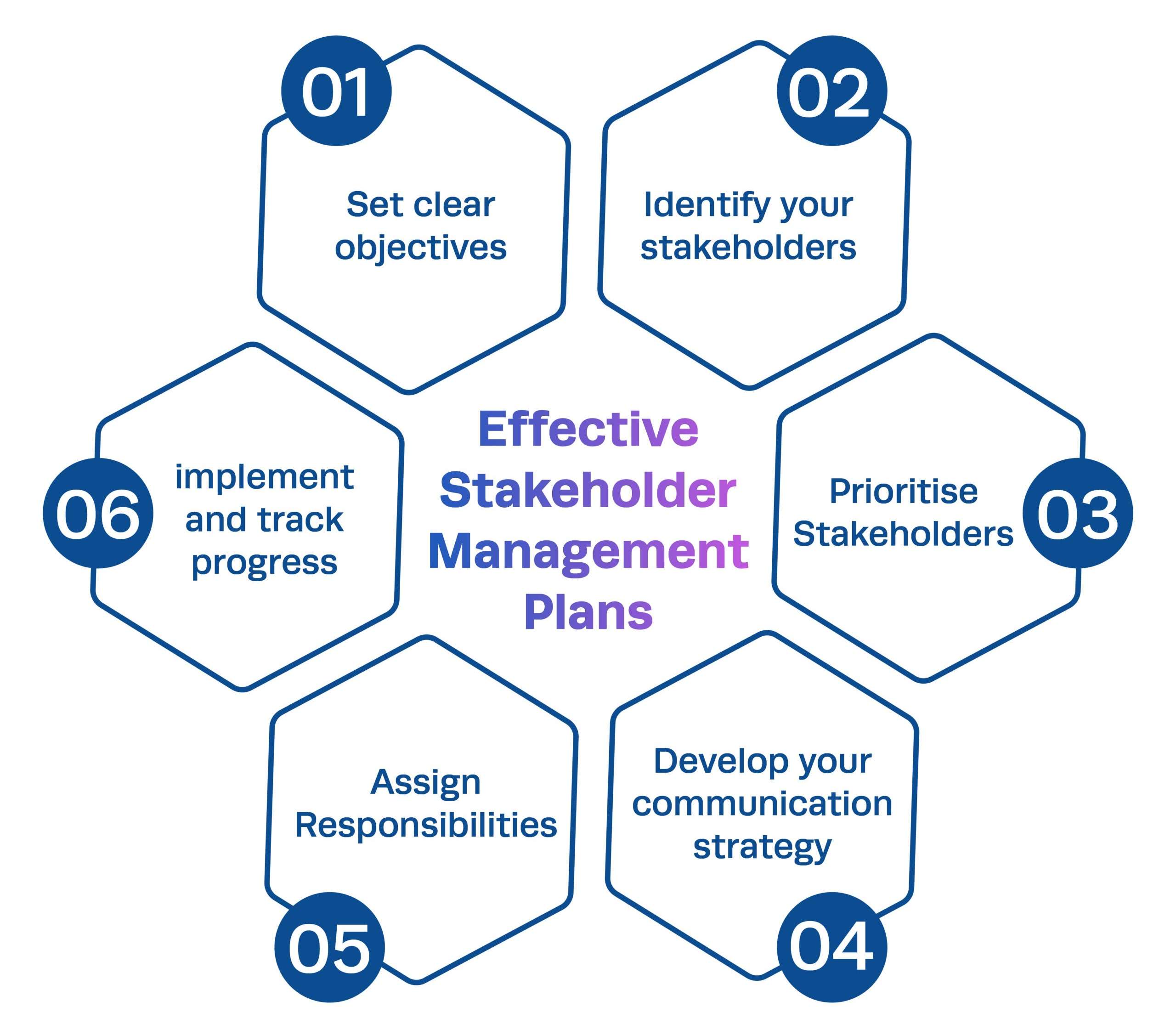
- Introduction to the Role
- Responsibilities and Key Deliverables
- Required Technical and Analytical Skills
- System Analysis Tools and Software
- Stakeholder Engagement Techniques
- Requirement Elicitation and Documentation
- Business Process Modeling
- Integration with IT and Development Teams
Introduction to the Role
The role of a Business Systems Analyst (BSA) is pivotal in bridging the gap between business needs and technological solutions within an organization. A Business Systems Analyst works closely with stakeholders to understand, document, and analyze business requirements, ensuring that IT systems align with organizational goals. Utilizing effective Stakeholder Engagement Techniques, such as interviews, workshops, and surveys, the BSA gathers critical insights that inform system design and process improvements. One of the core responsibilities of a Business Systems Analyst is Business Process Modeling, which involves visualizing and analyzing current workflows to identify inefficiencies and recommend enhancements. Business Analyst Training plays a crucial role in equipping professionals with the necessary skills and techniques to effectively model and improve business processes, ensuring a seamless flow of operations and driving organizational efficiency. These models help in aligning business objectives with system capabilities and provide a blueprint for development teams. By translating business needs into clear technical specifications, the BSA plays a crucial role in facilitating communication between stakeholders and IT professionals, minimizing misunderstandings, and ensuring project success. As digital transformation continues to reshape industries, the demand for skilled Business Systems Analysts who can navigate complex systems, manage change, and drive innovation through data-driven analysis and stakeholder collaboration is growing rapidly. In essence, the BSA is a strategic thinker, a problem solver, and a key contributor to the continuous improvement of business performance through technology.
Are You Interested in Learning More About Web Developer Certification? Sign Up For Our Business Analyst Online Training Today!
Responsibilities and Key Deliverables
- System Analysis: Assess current IT systems and workflows to identify inefficiencies, propose improvements, and ensure alignment with business goals.
- Elicitation and Documentation: Understanding What Is an Agile Business Analyst is essential when engaging stakeholders through interviews, workshops, and observations to gather business requirements and document them clearly for development and implementation.
- Key Deliverables: Create essential project outputs such as business requirement documents (BRDs), functional specifications, process flows, and user stories to guide development teams.
A Business Systems Analyst plays a critical role in aligning technology with business objectives by analyzing processes, gathering requirements, and delivering system-based solutions. Whether functioning as a SAP Business Analyst specializing in enterprise systems or as an Automation Business Analyst focusing on streamlining operations, they contribute directly to project success and organizational efficiency. Below are the key responsibilities and Key Deliverables of this role:

- Process Optimization: Analyze and redesign business processes to enhance performance, often supporting automation initiatives as part of the Automation Business Analyst function.
- SAP System Integration: As a SAP Business Analyst, ensure accurate mapping of business needs to SAP functionalities, and support configuration, testing, and deployment.
- Stakeholder Communication: Facilitate clear and continuous communication between business users and technical teams to maintain alignment and project clarity.
- Microsoft Visio: A widely used tool for creating flowcharts, diagrams, and Business Process Modeling visuals, allowing analysts to map out current and future-state processes clearly.
- Lucidchart:A cloud-based diagramming application that supports collaborative modeling and is ideal for remote teams engaging in Stakeholder Engagement Techniques, as often recommended in guides like the How to Become a Business Analyst Step By Step Guide.
- JIRA: Often used by Business Systems Analysts for tracking project tasks, documenting user stories, and managing workflows in Agile environments.
- Balsamiq: A wireframing tool that helps analysts create low-fidelity prototypes of user interfaces to facilitate early feedback from stakeholders.
- SQL (Structured Query Language):Enables analysts to extract, analyze, and interpret data directly from databases, which is essential during System Analysis.
- Bizagi Modeler: A specialized Business Process Modeling tool that supports BPMN standards and helps analysts visualize, optimize, and automate business workflows.
Required Technical and Analytical Skills
A successful Business Systems Analyst must possess a strong blend of technical and analytical skills to effectively bridge the gap between business needs and IT solutions. Core competencies include a deep understanding of system architecture, databases, and software development life cycles, allowing the analyst to evaluate and recommend appropriate technological solutions. Proficiency in tools such as SQL, Excel, and data visualization platforms enables accurate analysis and reporting. Equally important is the ability to apply Business Process Modeling techniques an essential part of Lead Business Analyst skills to visualize current and future workflows, identify inefficiencies, and support process improvements. Familiarity with modeling tools like BPMN, Visio, or Lucidchart is essential for creating clear process diagrams that stakeholders can understand. A Business Systems Analyst must also be skilled in using Stakeholder Engagement Techniques to gather requirements effectively. This includes facilitating workshops, conducting interviews, and managing feedback loops to ensure that all stakeholders needs are captured and addressed. Strong problem-solving abilities, critical thinking, and attention to detail are crucial for analyzing complex business scenarios and translating them into actionable technical requirements. In today’s fast-paced, tech-driven business environment, these technical and analytical capabilities are vital for driving successful digital transformation initiatives and ensuring that business goals are supported by robust and scalable IT systems.
Are You Preparing for Business Analyst Jobs? Check Out ACTE’s Business Analyst Interview Questions & Answers to Boost Your Preparation!
System Analysis Tools and Software
To perform their role effectively, a Business Systems Analyst relies on a variety of tools and software designed to support analysis, documentation, and collaboration. These tools help streamline tasks such as requirements gathering, data analysis, and Business Process Modeling, while also enhancing communication through effective Stakeholder Engagement Techniques. Below are six essential system analysis tools commonly used by Business Systems Analysts:
Are You Considering Pursuing a Master’s Degree in Business Analyst? Enroll For Business Analyst Masters Program Training course Today!
Stakeholder Engagement Techniques
Effective Stakeholder Engagement Techniques are essential for any Business Systems Analyst aiming to gather accurate requirements and ensure project success. These techniques are the foundation of strong collaboration and communication throughout the System Analysis phase. A combination of interviews, workshops, surveys, brainstorming sessions, and focus groups allow analysts to explore the needs, expectations, and pain points of stakeholders. This input feeds directly into the Elicitation and Documentation process, where clear and concise requirements are captured to guide solution development. For an SAP Business Analyst, engaging functional and technical stakeholders ensures proper configuration of SAP modules aligned with business needs. Business Analyst Training equips professionals with the essential skills to communicate effectively with both technical and business teams, ensuring that SAP configurations meet organizational goals and drive seamless business processes. Similarly, an Automation Business Analyst must collaborate with process owners and technical teams to identify opportunities for automation and validate the effectiveness of proposed solutions. The information gathered through stakeholder engagement contributes significantly to defining the Key Deliverables, such as Business Requirement Documents (BRDs), user stories, and functional specifications. A successful stakeholder engagement approach builds trust, uncovers hidden challenges, and ensures that the final system or process improvements are aligned with organizational goals. Ultimately, these techniques are not just about communication they’re about building the foundation for delivering real business value through strategic, well-informed decision-making.

Requirement Elicitation and Documentation
Requirement Elicitation and Documentation is a critical phase in any project where a Business Systems Analyst plays a central role in identifying and capturing business needs. This process involves gathering detailed and accurate information from stakeholders to ensure that the final solution aligns with business objectives. Effective Stakeholder Engagement Techniques such as interviews, workshops, surveys, and observation are used to uncover both explicit and implicit requirements. The analyst must actively listen, ask probing questions, and facilitate discussions to clarify expectations and resolve conflicting needs skills that align closely with the Top Applications Of Business Analytics In Business, where clear communication drives data-informed decision-making. Once gathered, these requirements must be organized and documented clearly in the form of Business Requirement Documents (BRDs), functional specifications, or user stories. This documentation serves as a foundational reference throughout the project lifecycle, guiding design, development, and testing activities. Additionally, the Business Systems Analyst often uses Business Process Modeling tools to visually represent current and proposed workflows, which aids in understanding system behavior and identifying process improvements. Accurate and well-structured documentation reduces misunderstandings, ensures stakeholder alignment, and enhances project success. Ultimately, effective requirement elicitation and documentation not only define what needs to be built but also serve as a communication bridge between business users and technical teams.
Business Process Modeling
Business Process Modeling is a vital practice that allows organizations to visually represent and analyze their existing and future workflows for improved efficiency and alignment with strategic goals. For a Business Systems Analyst, it plays a critical role in System Analysis, helping to identify bottlenecks, redundancies, and opportunities for optimization. During the Elicitation and Documentation phase, process modeling serves as a powerful tool to capture stakeholder inputs and illustrate how business activities interact with systems and data. It enhances clarity and communication by translating complex operations into easy-to-understand diagrams using tools like BPMN, Visio, or Bizagi a skill relevant in discussions around Product Owner vs Business Analyst, where clear process visualization often distinguishes their roles and contributions. These models often form part of the Key Deliverables that guide solution design and development. A SAP Business Analyst may use process modeling to map enterprise-level processes and configure SAP modules accordingly, ensuring smooth integration and system functionality. Likewise, an Automation Business Analyst relies on process modeling to identify manual tasks that can be automated, thereby improving productivity and reducing errors. Ultimately, Business Process Modeling provides a structured approach for understanding, analyzing, and improving business operations, making it an essential technique in delivering successful system implementations and transformation projects.
Are You Interested in Learning More About Business Analyst? Sign Up For Our Business Analyst Online Training Today!
Integration with IT and Development Teams
Integration with IT and Development Teams is a critical responsibility for a Business Systems Analyst, ensuring that business requirements are accurately translated into functional solutions. This integration requires a deep understanding of both business processes and technical capabilities, making the analyst the key liaison between stakeholders and IT teams. Through effective Stakeholder Engagement Techniques, such as workshops, interviews, and feedback sessions, the Business Systems Analyst gathers comprehensive requirements, which are then communicated clearly to development teams. Additionally, Business Process Modeling plays an essential role in visualizing current and future workflows, enabling development teams to understand business operations in detail and build systems that align with these needs. Enroll in our Business Analyst Training provides the expertise and methodologies required to create accurate and effective process models, ensuring that development teams are equipped with the insights needed to design solutions that meet business objectives and optimize operational performance. By creating process models, the analyst ensures that technical teams have a clear understanding of business objectives and can deliver solutions that address specific requirements. The continuous collaboration between the analyst, IT, and development teams ensures that the system is developed iteratively, with regular feedback loops to adjust for any emerging business needs or technical constraints. This close collaboration helps mitigate risks, reduces misunderstandings, and ensures the timely delivery of projects that meet both business goals and technical specifications. Ultimately, seamless integration with IT and development teams drives the success of digital transformation and system implementation projects.




